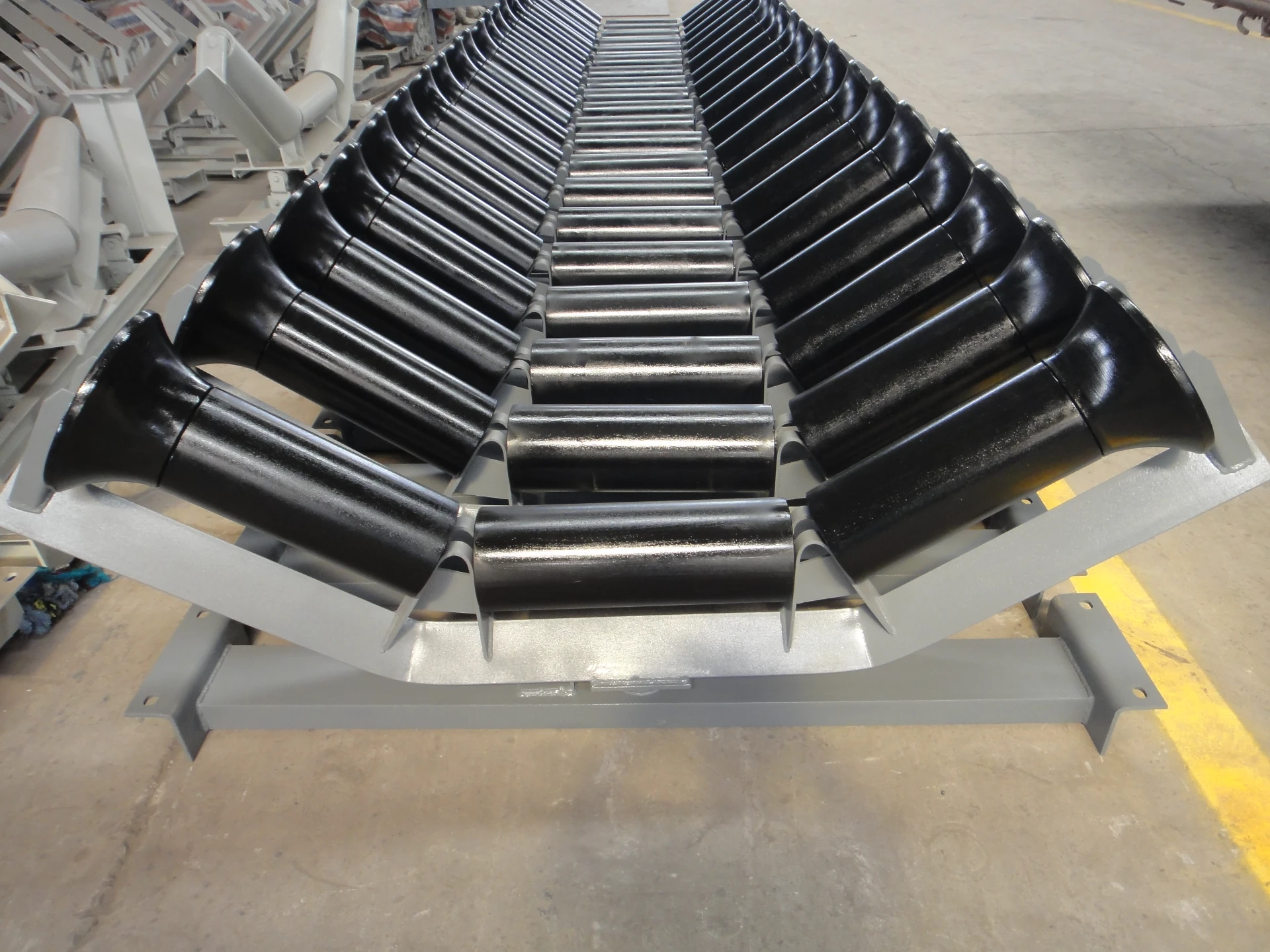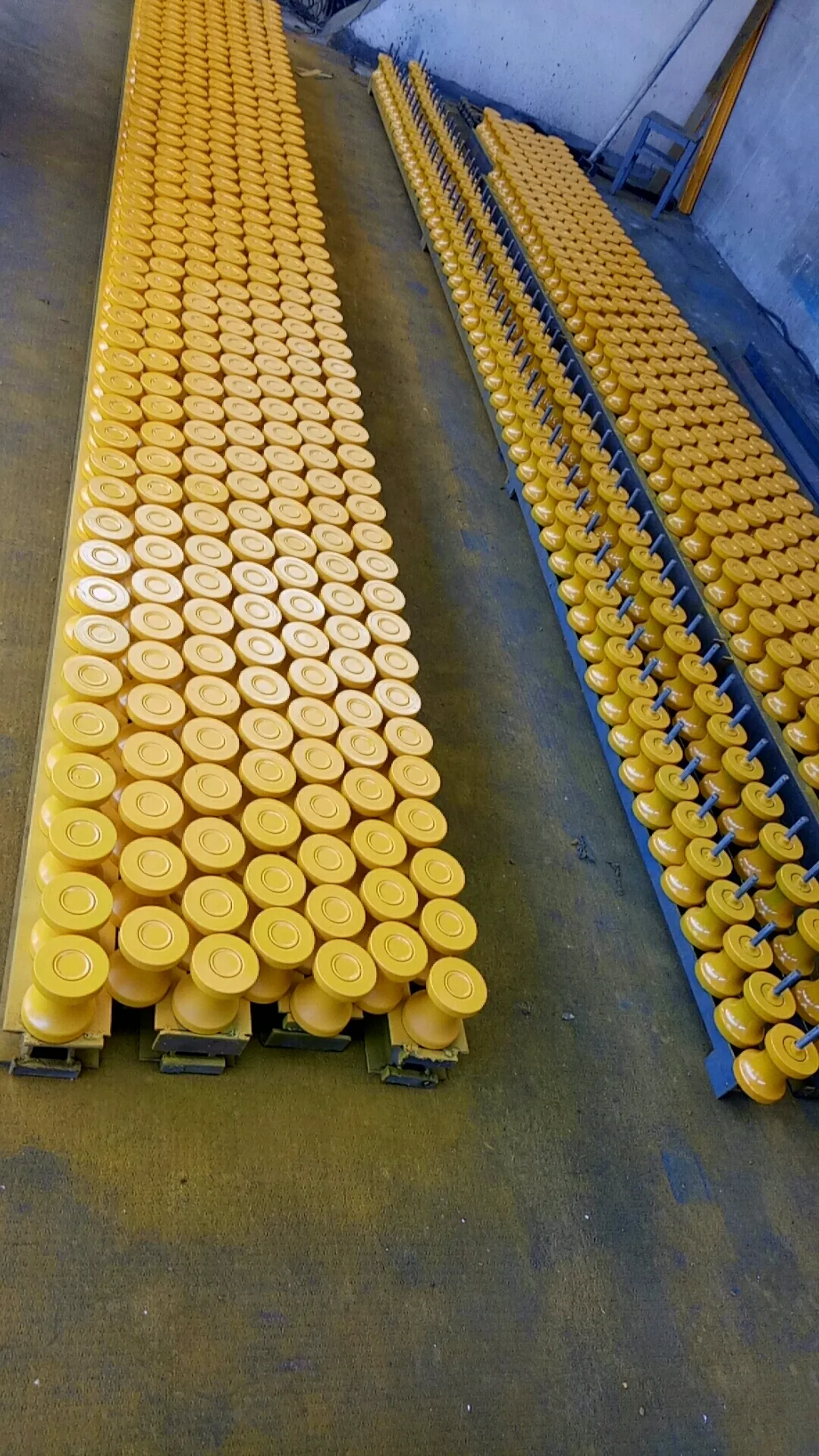 Afrikaans
Afrikaans  Albanian
Albanian  Amharic
Amharic  Arabic
Arabic  Armenian
Armenian  Azerbaijani
Azerbaijani  Basque
Basque  Belarusian
Belarusian  Bengali
Bengali  Bosnian
Bosnian  Bulgarian
Bulgarian  Catalan
Catalan  Cebuano
Cebuano  Corsican
Corsican  Croatian
Croatian  Czech
Czech  Danish
Danish  Dutch
Dutch  English
English  Esperanto
Esperanto  Estonian
Estonian  Finnish
Finnish  French
French  Frisian
Frisian  Galician
Galician  Georgian
Georgian  German
German  Greek
Greek  Gujarati
Gujarati  Haitian Creole
Haitian Creole  hausa
hausa  hawaiian
hawaiian  Hebrew
Hebrew  Hindi
Hindi  Miao
Miao  Hungarian
Hungarian  Icelandic
Icelandic  igbo
igbo  Indonesian
Indonesian  irish
irish  Italian
Italian  Japanese
Japanese  Javanese
Javanese  Kannada
Kannada  kazakh
kazakh  Khmer
Khmer  Rwandese
Rwandese  Korean
Korean  Kurdish
Kurdish  Kyrgyz
Kyrgyz  Lao
Lao  Latin
Latin  Latvian
Latvian  Lithuanian
Lithuanian  Luxembourgish
Luxembourgish  Macedonian
Macedonian  Malgashi
Malgashi  Malay
Malay  Malayalam
Malayalam  Maltese
Maltese  Maori
Maori  Marathi
Marathi  Mongolian
Mongolian  Myanmar
Myanmar  Nepali
Nepali  Norwegian
Norwegian  Norwegian
Norwegian  Occitan
Occitan  Pashto
Pashto  Persian
Persian  Polish
Polish  Portuguese
Portuguese  Punjabi
Punjabi  Romanian
Romanian  Russian
Russian  Samoan
Samoan  Scottish Gaelic
Scottish Gaelic  Serbian
Serbian  Sesotho
Sesotho  Shona
Shona  Sindhi
Sindhi  Sinhala
Sinhala  Slovak
Slovak  Slovenian
Slovenian  Somali
Somali  Spanish
Spanish  Sundanese
Sundanese  Swahili
Swahili  Swedish
Swedish  Tagalog
Tagalog  Tajik
Tajik  Tamil
Tamil  Tatar
Tatar  Telugu
Telugu  Thai
Thai  Turkish
Turkish  Turkmen
Turkmen  Ukrainian
Ukrainian  Urdu
Urdu  Uighur
Uighur  Uzbek
Uzbek  Vietnamese
Vietnamese  Welsh
Welsh  Bantu
Bantu  Yiddish
Yiddish  Yoruba
Yoruba  Zulu
Zulu Feb . 04, 2025 04:59
Back to list
Belt Conveyor Impact Idler
Belt training idlers are integral components in the effective operation of conveyor systems. Each industry that employs conveyor belts—from mining to food production—relies heavily on these unsung heroes. Their role extends beyond mere mechanical support; they ensure the longevity and efficiency of the entire conveyor system, often preventing costly repairs and downtime.
Trustworthiness in dealing with belt training idlers arises when manufacturers provide rigorous testing and quality assurances. A reputable manufacturer will subject their idlers to extensive dynamic and environmental testing. This includes simulating a range of operating conditions to guarantee performance and reliability. Certification from recognized industry bodies can further attest to the quality and safety of the idlers. Choosing certified products helps build trust with stakeholders who expect high standards of operational integrity and efficiency. Furthermore, real-world user testimonials and case studies add to the trust factor. Hearing from a plant manager who implemented a particular brand of idlers and subsequently noticed a reduction in belt mistracking incidents can greatly influence purchasing decisions. These stories offer practical insights into the advantages of specific idlers, going beyond the technical specifications to demonstrate their impact on productivity and cost savings. Ultimately, the successful integration of belt training idlers into a conveyor system depends on a harmonious blend of experience, expertise, authority, and trust. Companies must stay updated on the latest technologies, understand their application specifics, and choose reliable partners and products. As a crucial component, the right belt training idler can usher in not only increased lifespan and performance of the conveyor system but also contribute significant economic and operational advantages. Businesses are encouraged to make informed decisions based on comprehensive industry knowledge, thereby securing their assets and enhancing their productivity.


Trustworthiness in dealing with belt training idlers arises when manufacturers provide rigorous testing and quality assurances. A reputable manufacturer will subject their idlers to extensive dynamic and environmental testing. This includes simulating a range of operating conditions to guarantee performance and reliability. Certification from recognized industry bodies can further attest to the quality and safety of the idlers. Choosing certified products helps build trust with stakeholders who expect high standards of operational integrity and efficiency. Furthermore, real-world user testimonials and case studies add to the trust factor. Hearing from a plant manager who implemented a particular brand of idlers and subsequently noticed a reduction in belt mistracking incidents can greatly influence purchasing decisions. These stories offer practical insights into the advantages of specific idlers, going beyond the technical specifications to demonstrate their impact on productivity and cost savings. Ultimately, the successful integration of belt training idlers into a conveyor system depends on a harmonious blend of experience, expertise, authority, and trust. Companies must stay updated on the latest technologies, understand their application specifics, and choose reliable partners and products. As a crucial component, the right belt training idler can usher in not only increased lifespan and performance of the conveyor system but also contribute significant economic and operational advantages. Businesses are encouraged to make informed decisions based on comprehensive industry knowledge, thereby securing their assets and enhancing their productivity.
Latest news
-
Revolutionizing Conveyor Reliability with Advanced Rubber Lagging PulleysNewsJul.22,2025
-
Powering Precision and Durability with Expert Manufacturers of Conveyor ComponentsNewsJul.22,2025
-
Optimizing Conveyor Systems with Advanced Conveyor AccessoriesNewsJul.22,2025
-
Maximize Conveyor Efficiency with Quality Conveyor Idler PulleysNewsJul.22,2025
-
Future-Proof Your Conveyor System with High-Performance Polyurethane RollerNewsJul.22,2025
-
Driving Efficiency Forward with Quality Idlers and RollersNewsJul.22,2025
OUR PRODUCTS





























